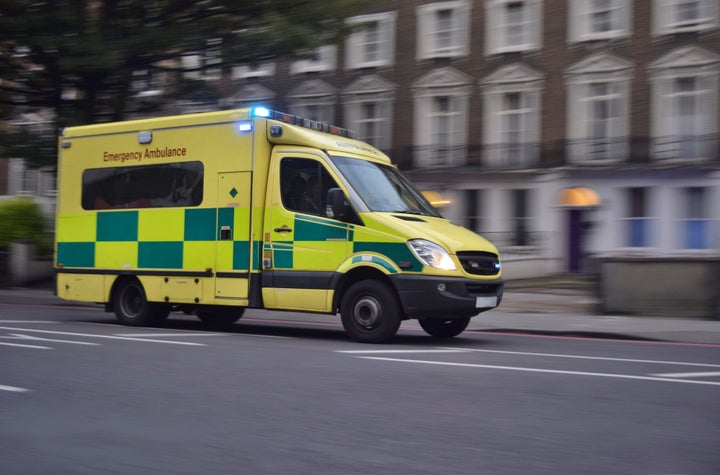Signs of sepsis should be treated as an emergency in the same way symptoms of a heart attack would be, a health watchdog has said.
The National Institute for Health and Care Excellence (Nice), has issued new guidelines telling doctors to act immediately if they suspect a patient has sepsis.
According to the UK Sepsis Trust, the illness is a life threatening condition that arises when the body’s response to an infection injures its own tissues and organs.
Early signs are usually flu-like and can progress to a chest infection, diarrhoea and vomiting or inability to eat and drink.
There are around 150,000 cases of sepsis in the UK each year and 44,000 deaths.

Under the new Nice guidelines, GPs are told to send any patients they believe may have sepsis to hospital in an ambulance.
Once in hospital, the patient will be seen a senior doctor or nurse immediately who can start treatment.
The guidelines also include an updated checklist of signs and symptoms.
Professor Saul Faust, from the University of Southampton and chairman of the group that developed the Nice guideline, told PA: “Anyone can succumb to sepsis.
“Sepsis can be difficult to diagnose with certainty. We want clinicians to start asking ‘could this be sepsis?’ much earlier on so they can rule it out or get people the treatment they need. The thinking should be similar to considering that chest pain could be heart-related.
“Just like most people with chest pain are not having a heart attack, the majority of people with an infection will not have sepsis. But if it isn’t considered then the diagnosis can be missed.”
Melissa Mead, whose 12-month-old son William died from sepsis, has welcomed the new guidelines.
In January, a report into William’s death criticised GPs, out-of-hours services and a 111 call handler who failed to spot he had sepsis caused by an underlying chest infection and pneumonia.
Mrs Mead said she was “delighted” with the Nice guidelines, adding: “This could not come any sooner. Sadly, we have been touched in very real terms by sepsis and could not agree more that clinicians need to start asking ‘could this be sepsis?’.
“The awareness of sepsis amongst health professionals and the public is severely lacking, so joined-up thinking and action is necessary to drive down the number of fatalities from sepsis.
“After all, if I had been aware of it, and those clinicians that treated William were ‘thinking sepsis’ he would more than likely be alive today.”
SEE ALSO:
If More People Knew About Sepsis, It ‘Could Save 14,000 Lives Every Year’
Dr Ron Daniels, chief executive of the UK Sepsis Trust, said: “Sepsis is a condition whose time has come. We must act decisively to save many of the thousands of lives claimed every year.”
Dr Maureen Baker, chairwoman of the Royal College of GPs, added: “The diagnosis of sepsis is a huge worry for GPs as initial symptoms can be similar to common viral illnesses, so we welcome any guidance or support to help us identify it as early as possible.
“Sepsis is one of the College’s Spotlight projects until April 2017, and as part of this programme we will be working with NHS England and Health Education England to help improve the outcomes from sepsis, particularly in collaboration with colleagues across the NHS to reduce deaths from sepsis each year across the UK.”